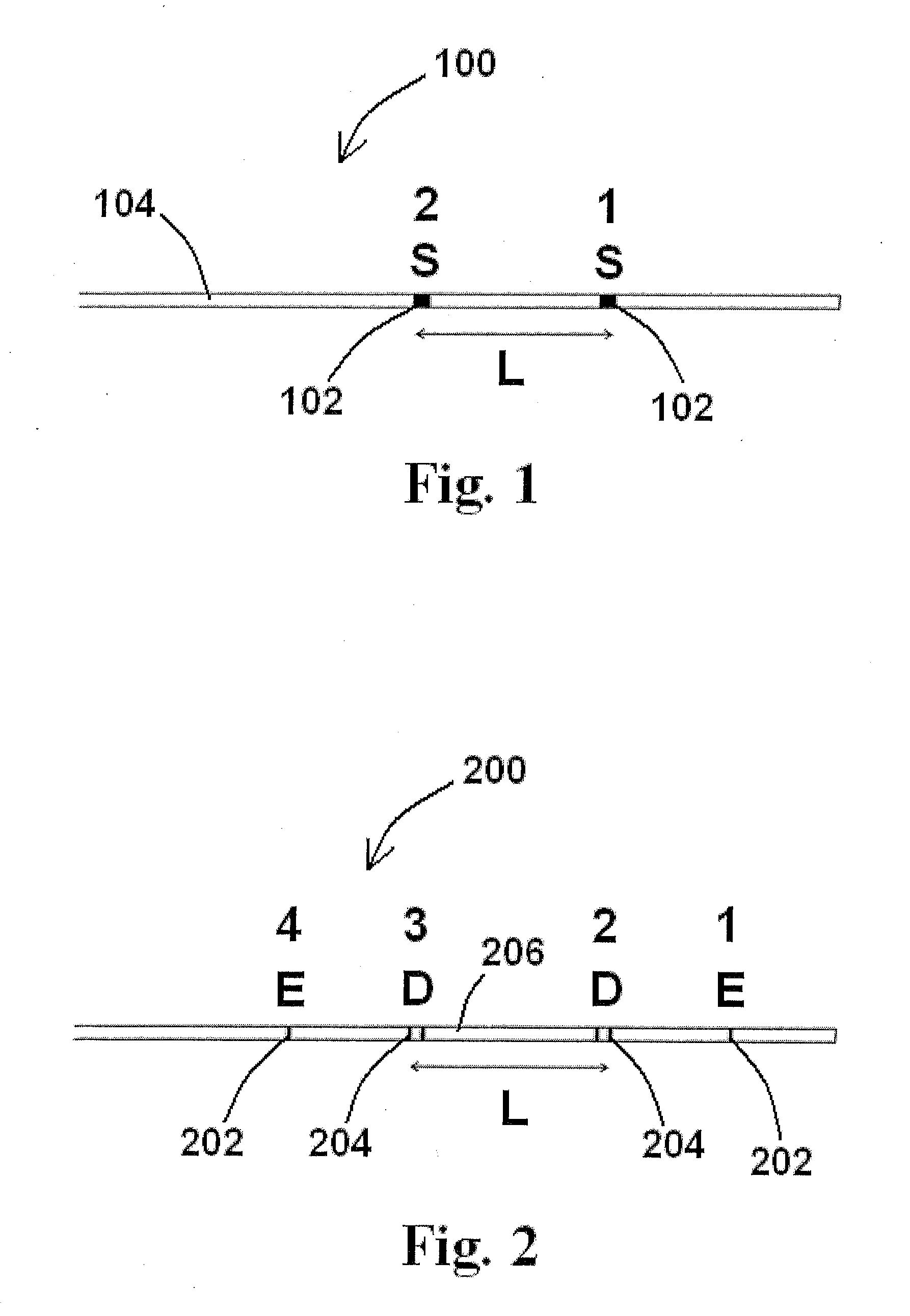Devices and systems for determining fractional flow reserve
a technology of fractional flow and device, applied in the field of devices and systems for determining fractional flow reserve, can solve the problems of inability to reliably accurately determine the functional significance of intermediate coronary lesions, and the lack of correlation between the angiographic delineated stenosis and their physiologic severity, and achieve the effect of reliably accurate evaluation and diagnosis
- Summary
- Abstract
- Description
- Claims
- Application Information
AI Technical Summary
Benefits of technology
Problems solved by technology
Method used
Image
Examples
Embodiment Construction
[0036]For the purposes of promoting an understanding of the principles of the present disclosure, reference will now be made to the embodiments illustrated in the drawings, and specific language will be used to describe the same. It will nevertheless be understood that no limitation of the scope of this disclosure is thereby intended.
[0037]The disclosure of the present application provides devices, systems, and methods for determining fractional flow reserve (FFR), including devices, systems, and methods for determining FFR using impedance. An exemplary method for performing the same would utilize one or more devices (or elements / features of such a device) operable to detect a change in at least one characteristic within a vessel flow based upon the introduction of a change to the initial flow. Such methods, and devices and systems for performing such methods, are useful for the diagnosis of disease (including CAD) by providing accurate values for flow velocity, whereby changes in f...
PUM
 Login to View More
Login to View More Abstract
Description
Claims
Application Information
 Login to View More
Login to View More - R&D
- Intellectual Property
- Life Sciences
- Materials
- Tech Scout
- Unparalleled Data Quality
- Higher Quality Content
- 60% Fewer Hallucinations
Browse by: Latest US Patents, China's latest patents, Technical Efficacy Thesaurus, Application Domain, Technology Topic, Popular Technical Reports.
© 2025 PatSnap. All rights reserved.Legal|Privacy policy|Modern Slavery Act Transparency Statement|Sitemap|About US| Contact US: help@patsnap.com



